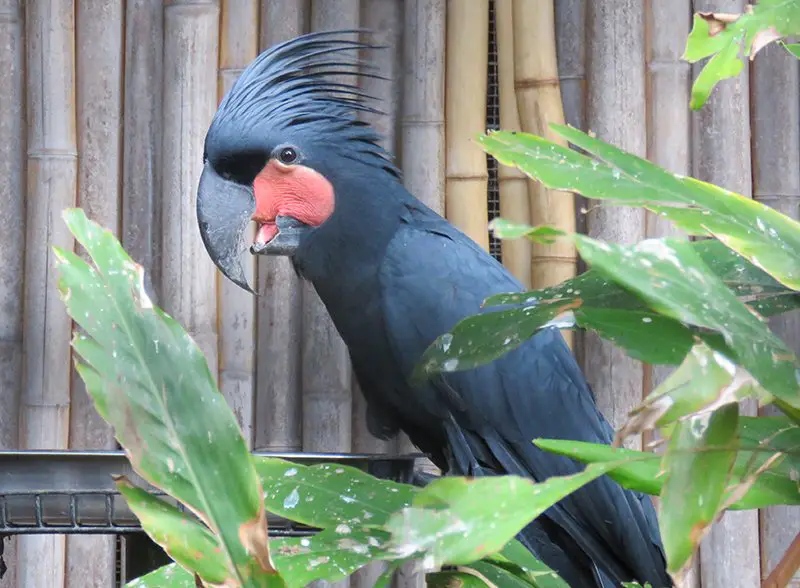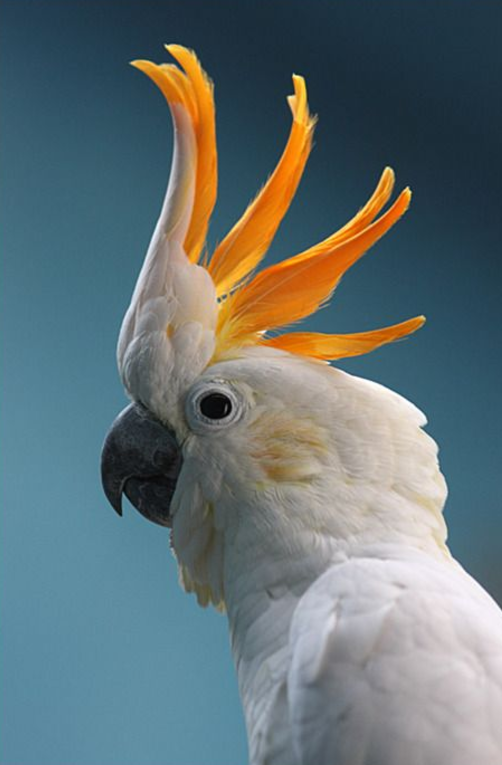
While ornithologists have made various identifications of the cockatoo, its significance had never been explored in depth until my Finnish colleagues studied the drawings in situ in the Vatican Library. This meant that while many scholars, including me, were aware the Sultan had given a white parrot to Frederick II, few were aware there were surviving images of this bird. For a high resolution colour image see article published in Parergon 35/1 (June 2018): 35-60. Lat 1071, folio 20v (© Biblioteca Apostolica Vaticana). One of the four images of the cockatoo gifted to Frederick II by the ‘Sultan of Babylon’. But although Wood and Fyfe included many illustrations from the original manuscript, they did not include those of the cockatoo. Many scholars have relied on Casey Albert Wood and Florence Marjorie Fyfe’s English translation of De Arte Venandi cum Avibus, published in 1943 (there is a copy in Melbourne University’s Baillieu Library). The four images in the Vatican manuscript have rarely been reproduced in print. I was intrigued to hear that these images were created 250 years before Mantegna’s painting existed, and so began our collaboration to place this work in historical context and share the story of how an Australasian cockatoo reached Europe in the mid thirteenth century. He and colleagues, Jukka Salo - a zoologist, and Simo Örmä - Intendant of the Finnish Institute in Rome, had been working on identifying the images of the cockatoo in Frederick’s manuscript. I had thought Mantegna’s cockatoo was the earliest European image of a cockatoo until I was contacted by Pekka Niemelä, an emeritus professor of biodiversity and environmental science at the University of Turku in Finland, in February 2015. As this Sulphur-crested Cockatoo or Yellow-crested Cockatoo (also known as a Lesser-crested Cockatoo) appeared to have been painted from a live model, which would have travelled to Mantua primarily overland, I saw this as evidence of the complexity and range of Southeast Asian trading networks prior to direct European contact. In 2014 I published an article on an Australasian cockatoo in an altarpiece painted in Italy in 1496 by Andrea Mantegna. This was previously thought to be the earliest depiction of a cockatoo in Europe. Andrea Mantegna’s Madonna della Vittoria, painted in 1496, features a cockatoo above the Madonna’s head (above the cross). The discovery of these images, which are published in the journal Parergon, highlight the fact that during the medieval period, merchants plying the waters just to the north of Australia were part of a flourishing trade network that reached west to the Middle East and beyond. Picture: De Arte Venandi cum Avibus / Alamyįour of these images depict a white cockatoo, described in the text as a crested, talking parrot - a gift from ‘the Sultan of Babylon’. The Holy Roman Emperor King Frederick II of Sicily’s falconry book, De Arte Venandi cum Avibus (The Art of Hunting with Birds) features 900 pictures of birds in its margins. In its margins are nine hundred drawings of falcons, falconers and other animals kept by the emperor at his palaces.

All up, a white cockatoo or corella was recorded in a total of 41 surveys.Among the hand-written documents, books, and ancient artefacts in the Vatican Library is a 13th century manuscript on falconry written in Latin by or for the Holy Roman Emperor - King Frederick II of Sicily.įrederick’s De Arte Venandi cum Avibus ( The Art of Hunting with Birds) dates from between 12. Sulphur-crested Cockatoos counted across the most branches, being found in 9 different branches’ backyards. Three of the four Cacatua species were spotted across the network, with no branch recording the a Long-billed Corella this past fortnight. Sulphur-crested cockatoos are probably the first bird that springs to mind when Australian’s think of cockatoos, but they are most closely related to corellas than to other crested cockatoos, like Major Mitchell’s. The first group of cockatoos we’ll be looking at are our white cockatoos and corellas (Genus: Cacatua). This week, we’ll be looking at a group of birds that are famed for their cheeky personalities, and unmistakable calls: our boisterous Cockatoos. Last week we looked at our gregarious honeyeaters. From this week’s update, we’re also starting to dive deeper into the branches.

Over the last fortnight, BirdLife WA and East Gippsland have risen in the rankings, with the leaderboard (bottom) showing them sitting third and fourth respectively for both total surveys completed and total birds seen this last fortnight.


 0 kommentar(er)
0 kommentar(er)
